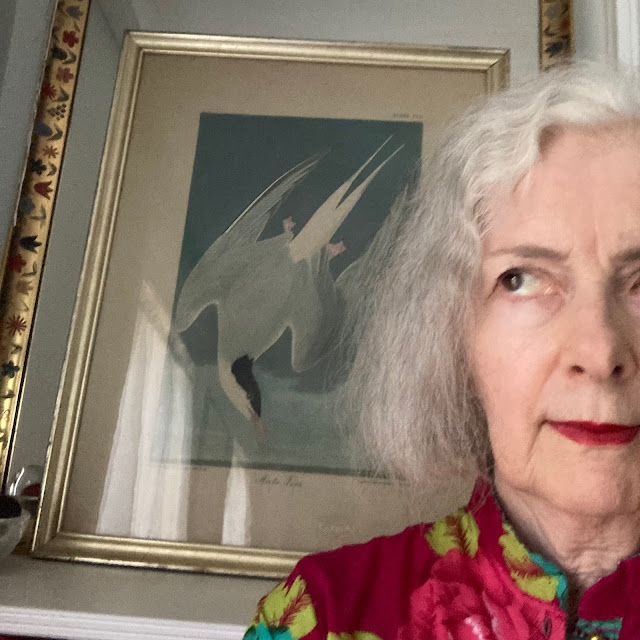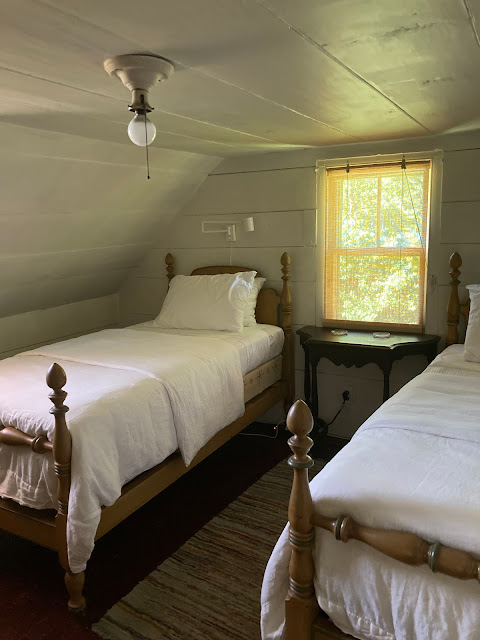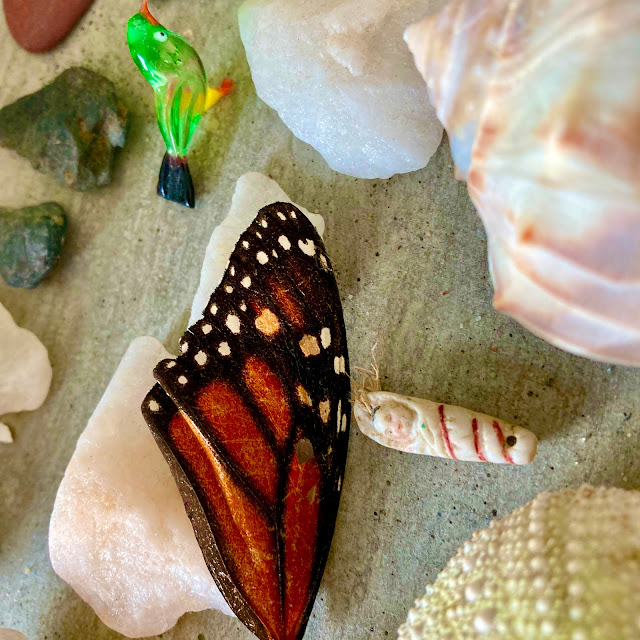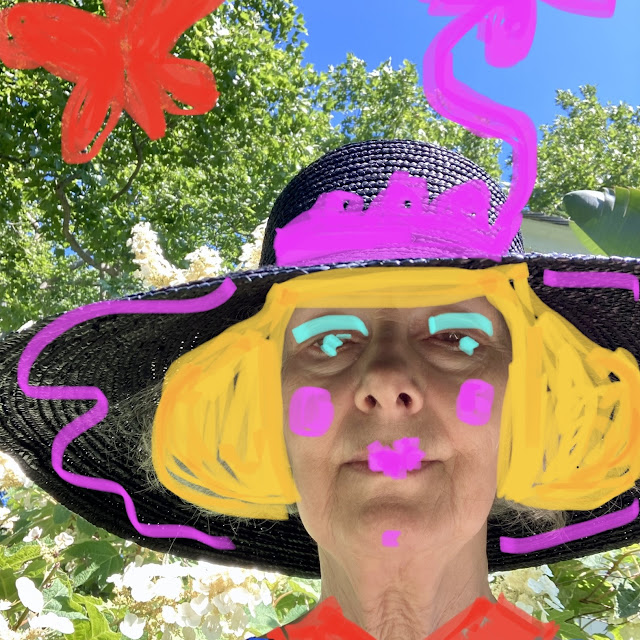Richard at Layton School of Art
This is a remembrance of my husband, Richard Cramer, and his formative years as a student at Layton School of Art.
In high school in the small city of Neenah, Wisconsin, Richard played ping pong. He also did art for the school newspaper and decorated for the prom. An art teacher noticed his abilities and suggested that he go to art school. In 1950 he began his studies at Layton School of Art in Milwaukee.
Layton was a progressive school. It was founded by Charlotte Partridge, a forward-thinking woman, and run by Charlotte and her life partner, Miriam Frink. The goal was to turn out artists who could earn a living in the world of business, industry and education. There were courses in psychology, drama, music and poetry. These interests carried over to Richard's later life. He loved the music of Philip Glass which he listened to in his studio. His handouts for the Color Course were chocked full of literary and poetic references. He curated a show for Tyler School of Art called "Intricate Structure/Repeated Image" that not only had paintings, but also dance, poetry and music performances.
Charlotte Partridge and Miriam Frink
Layton's faculty included both Bauhaus-influenced artists and regionalist painters who used the city and landscape as subject matter. From these teachers Richard gleaned ideas about pure abstract form and learned to love the idea of going out in the environment to paint and draw.
Richard arrived at Layton in time to enjoy its new Bauhaus-style building spectacularly situated with a view of Lake Michigan.
Layton School of Art on Lake Michigan.
Tragically for architectural heritage, it was demolished in 1970
to make way for a freeway that was never built.
Richard loved architecture almost as much as art. Le Corbusier, Frank Lloyd Wright and Louis Kahn were favorites. Architecture was also evident in his color-field paintings with their geometric compositions.
Richard told me, "Coming from a naive background, a little Wisconsin town, art influences in those early years at the Lakeview Country School were limited. The Neenah Public Library had three art books. Picasso, Norman Rockwell and Thomas Hart Benton. Layton opened my world to possibilities."
Richard amid his art work at Layton School of Art.
What a romantic picture.
The black watch cap, the tweed coat, the argyle socks.
The mandolin!
After a rocky start at Layton, (too much fun with older students there on the GI Bill) Charlotte Partridge had a serious talk with Richard about buckling down. He took it to heart and soon excelled at his work. He was largely self-supporting and received scholarships in his junior and senior years.
A photo in The Milwaukee Journal, November, 1953. Richard with his fresco painting, done in Layton's paint laboratory. The
object was to increase the students' knowledge of mixing pigments and
plaster. Richard's work shows cat-like faces which he intended to "stress
shape and luminous quality without a specific plan."
Richard began his teaching career while still a student at Layton working two evenings a week at the Milwaukee Boys Club. He also did part-time work as a window decorator at T.A. Chapman's department store, where he gained an appreciation for design and elegant clothing (argyle socks anyone?).
He was a special student, earning prizes at Wisconsin Salons and attracting the attention of the press in a story, Portrait of an Artist which gushed, "Blond, gangling, handsome 21-year-old-student at Layton School of Art who is an exemplar of the notably outstanding art students to be found in Wisconsin."
Richard told the interviewer, "I really don't know how my style will end up. I'm a student, I never forget that, and while my status is that of a student I intend to work and experiment just for myself."
This newspaper clipping shows Richard demonstrating paintingwith liquid plastic to junior high school students.
Richard working on an impasto painting at Layton.
After Richard graduated from Layton in 1954, he went on to earn a B.S. degree from the University of Wisconsin, Milwaukee, majoring in medieval art history. He continued at the University of Wisconsin, Madison, earning both M.S. and M.F.A. degrees there.
In 1966 Richard began his 37-year career at Tyler School of Art and Architecture of Temple University in Philadelphia. In 1969 he created the Color Course which was based on his own painting practice of investigating color through complex color-mixing and swatch-making techniques which he used in large, color-field paintings. A painting might contain 7,000 colors contained in small, rectangular units.
He worked with a dominant color that he liked and created a mixing system which would allow that color to influence every other color in the field. "I wanted a sensation of light running across a surface as I remembered carp and other fish and their scales reacting to light in the water at sunset back in our swamp in Wisconsin," he said.
Richard with his painting, Redbank, 1975.
Richard Cramer received the Great Teacher Award from
Tyler School of Art and Architecture in 1993.
I recently looked at the Nominating Packet for this award, reading letters from faculty and students on Richard's behalf. Here is a quote from a letter written by Barbara During (Tyler 1991).
"Richard Cramer's sense of the integrated nature of human experience as the basis of painting, indeed living itself, is perhaps the key to his great qualities as a teacher. He gives the respect and attention that encourage the effort that makes us exceed ourselves... He opens the gate to the living tradition we aspire to enter."
In the spring of 2005, Richard endowed the Richard Cramer Color Award in Painting, essentially dedicating his $10,000 Great Teacher Award back to Tyler. The Cramer Color Award is given annually to a graduating Tyler painting student for their excellent use of color.
In the spring of 2022, in honor of the two-year anniversary of Richard's passing, Tyler and I are mounting a campaign to further endow the Award. I am pledging to match contributions up to $10,000.
Did Richard open the gate to a creative living tradition for you?
I hope that you will please consider contributing to the Color Award to help a student begin their life of creative work.
Richard Cramer and Carol Markel with Emily Erb, the first
recipient of the Richard Cramer Color Award in 2005.
In the way that Layton formed Richard as an artist, Tyler has done the same for thousands of his students. I hope that you will consider paying the experience forward to help another artist. I believe that the creative life is the best life, and we are lucky to live it.
With affection, Carol.




























.jpeg)
.jpeg)






.jpeg)
.jpeg)
.jpeg)








